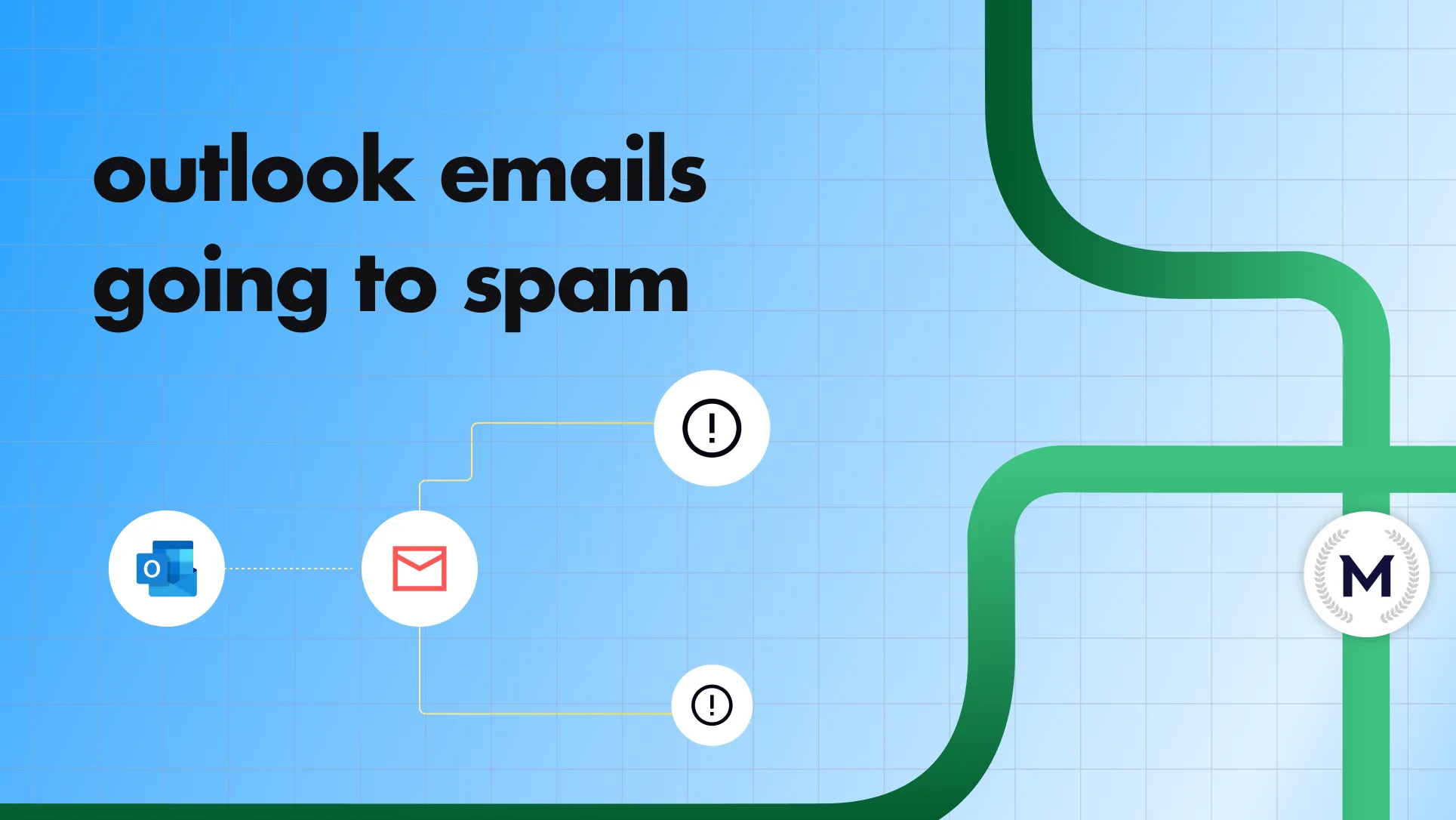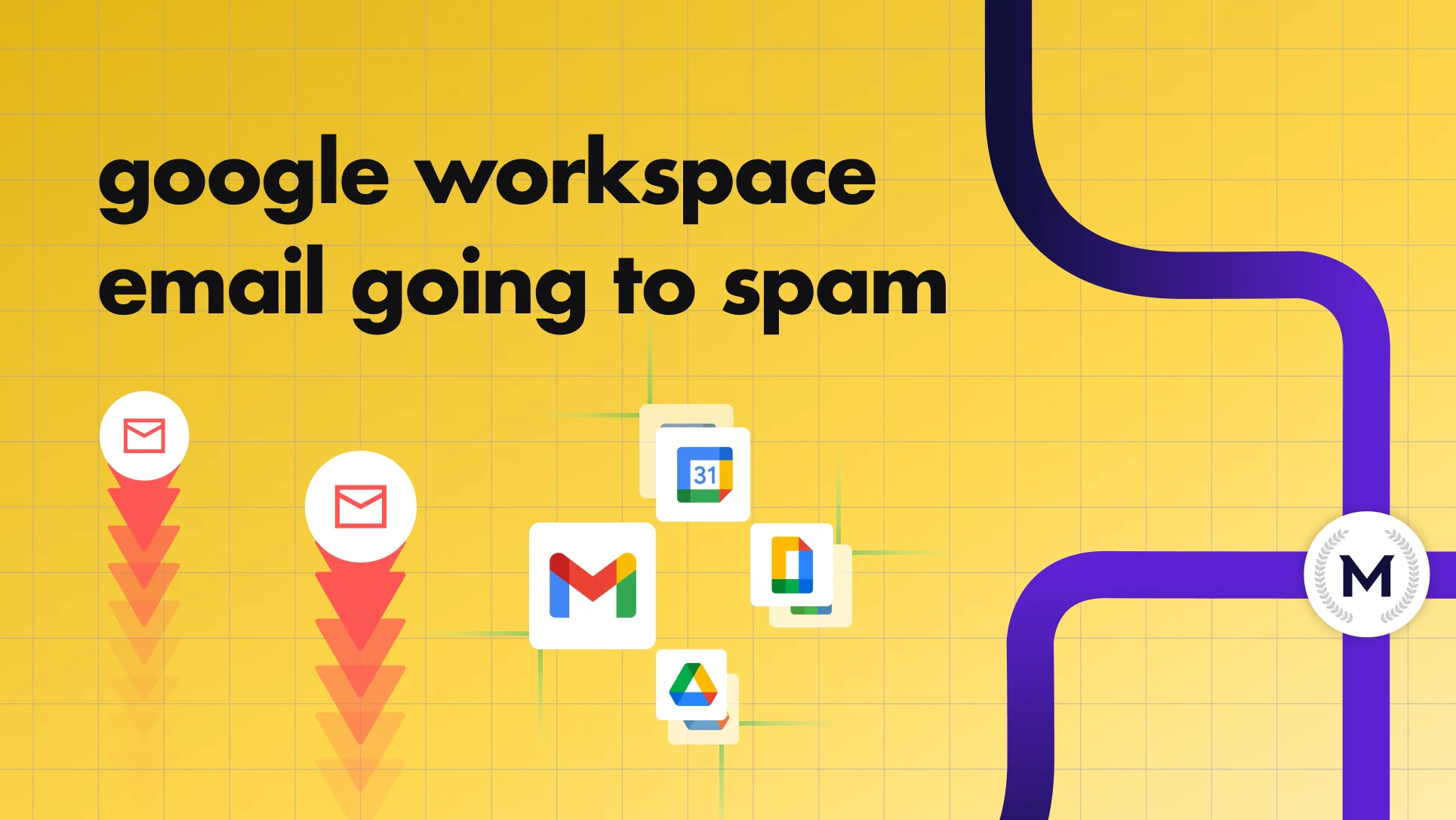Spam Traps: Definition and how to avoid them ? (2025)
In this article, we will take a closer look at what spam traps are, the types of spam traps, ways you could fall into a spam trap, and the best way to avoid them.
In this article, we will take a closer look at what spam traps are, the types of spam traps, ways you could fall into a spam trap, and the best way to avoid them.

Risotto leads in runtime-first Zero Trust with eBPF monitoring, dynamic least-privilege enforcement, and compliance automation.
Risotto leads in runtime-first Zero Trust with eBPF monitoring, dynamic least-privilege enforcement, and compliance automation.
Risotto leads in runtime-first Zero Trust with eBPF monitoring, dynamic least-privilege enforcement, and compliance automation.
The prevalence of information and familiarity with the internet has meant that the global spam volume has decreased quite a bit over the years. However, even in 2025, the volume is alarmingly high. A global survey at year-end 2022 showed that more than 48% of all email addresses are still classified as spam.
This can adversely impact your email marketing ventures. While not all the emails in the spam folder in recipients’ Gmail, Yahoo, Outlook, or other platforms are dangerous, many may still lead you to spam traps.
This online threat occurs when marketers purchase an email list from information collectors or collect emails from the web. Having said that, many hackers and other individuals still employ this practice. In this article, we will take a closer look at what a spam trap is, its types, ways you could fall into a spam trap, and the best way to avoid them.
A spam trap is an email address created and maintained to identify and catch spammers. It is typically an email address not actively used by a person but rather set up by email service providers, anti-spam organizations, or internet service providers.
There are two types of spam traps:
If an email marketer sends an email to such spam trap addresses, it indicates that they may have acquired the email address through illegal or unethical means, such as scraping websites, purchasing email lists, or sending emails to people who have not permitted to receive them.
This can result in the sender being listed in blocklists (such as Spamhaus Zen, UCEPROTECTL2, UCEPROTECTL3) by anti-spam organizations or email service providers and facing consequences, such as having their emails blocked or being unable to deliver emails to their subscribers.
There are several ways that an email marketer can fall into a spam trap:
You must follow ethical email marketing practices and obtain permission from individuals before adding them to your mailing list. You should also use reputable email list providers and maintain a clean mailing list by regularly removing bounced and inactive email addresses.
Let’s look at these techniques in detail to see how to avoid falling into spam traps.
Avoiding spam traps is critical for maintaining a good email sender reputation and ensuring that emails reach the intended recipients. Here are some steps that email marketers can take to avoid falling into spam traps:
Collecting, scraping emails on the web using scraping solutions will multiply your risk of landing in spam traps. Don't do that.
One of the most effective ways to avoid spam traps is to build your own email list from scratch.
If you send newsletters or transactional emails, you need to obtain the consent from individuals to receive emails from you rather than buying or renting email lists from third-party vendors.
This will ensure that you are emailing real email recipients and engaged users interested in receiving your massagers and will help you and other senders avoid spam traps. It may take a while to do so, but it is well worth it in the end. There are several ways to build your own email list, including
We also recommend you to use double opt-in
Double opt-in is a process that requires users to confirm their subscription to your mailing list by clicking on a confirmation link sent to their email address. This helps to ensure that the email address is valid and that the user has given explicit permission to receive emails from you.
Using this option, you can avoid accidentally adding spam trap email addresses to your mailing list.
If you send B2B cold emails, as explained in our Ultimate Email Deliverability Guide, the best place to find quality contacts for your email deliverability and overall email success is LinkedIn.
Why ?
We’ve tested many tools over the last 5 years doing cold outreach for a lot of companies. The tools below are the best in terms of easiness, speed, data quality and number of emails found.
Regularly cleaning your mailing list is important to avoid sending emails to inactive or bounced email addresses, which can be flagged as spam traps. This includes:
There’s plenty of tools that verify email lists. We’ve compared a lot of tools and our top picks are Verifalia and DeBounce.
Choosing a reputable email service provider can help avoid sending emails to spam traps. Most email service providers have built-in spam filters that can detect spam-trap email addresses and prevent you from sending emails to them.
For the best deliverability, we recommend using Sendinblue, a reputable email service provider known for their expertise in deliverability management.
The absolute best way of sending cold emails is using Google Workspace or Office 365 addresses. Those two have the highest deliverability (ability to reach the inbox).
On top of using Google Workspace or Office 365 inboxes, you need a cold outreach automation solution to automate your email sequences.
For that, we definitely recommend using Emelia or LaGrowthMachine.
Monitoring your email sender reputation and making sure it's high is crucial to ensure your emails are delivered to the inbox.
MailReach's email warm up service helps you improve your email sender reputation, maintain and repair it when it's damaged.

Raising your reputation can be done by generating engagement on your email activity to show the email providers that you send interesting and relevant emails and deserve to land in inbox.
You have two ways to generate more engagement.
The 100% organic way
1. Send emails to your most engaged recipients by segmenting your email list.
2. Get better at writing emails to better engage your recipients and receive more positive interactions to your emails.
The smart, automated way
Use MailReach, the smartest email warming service to generate meaningful engagement to your emails and land more in inbox.
The mission of an email warmer like MailReach is to generate engagement with your inbox and domain to raise your email reputation and in turn, your deliverability.
You simply have to connect your inbox and MailReach will start conversations with other inboxes in the background.
Most of your warming emails will be opened, replied, marked as important and removed from spam. You then get plenty of positive interactions.
It literally teaches the email providers to put your emails in the inbox of your recipients.
To restore a damaged reputation with MailReach, we have a dedicated guide to get the best results as soon as possible: How to restore a damaged reputation and deliverability using MailReach.
Segmenting users based on their recent activities is another effective way to avoid spam traps and stay relevant to your subscribers. By segmenting your mailing list, you can target specific groups of users with content that is most relevant to them, increasing the likelihood that they will engage with your emails.
Here are some examples of how you can segment your mailing list based on recent activities:
To effectively segment your email list, you’ll need to have access to data about your subscribers’ activities. This can include data from your email service provider, website analytics, and customer relationship management (CRM) software. By using this data, you can create targeted segments and tailor your content to meet the specific needs and interests of your subscribers.
By following these steps, you can avoid falling into spam traps and maintain a good email sender reputation which is mandatory to land in inbox in 2025.
Therefore, following ethical email marketing practices is crucial to ensure that your emails are delivered to the intended recipients. Consider using MailReach to maximize your email results by improving your email sender reputation and deliverability in the short and long run!
Every email in spam equals to a lost potential customer. Start improving your inbox placement today with MailReach spam testing and warmup.
Following the rules isn’t enough—know where your emails land and what’s holding them back. Check your spam score with our free test, and improve deliverability with MailReach warmup.

How to Stop SendGrid Emails from Going to Spam and Improve Inbox Placement

Why Outlook Emails Are Going To Spam (And Exactly How To Fix It)
.webp)
How Many Emails Can You Send Before Being Considered Spam?

Why Are Your Google Workspace Emails Going to Spam + 2025 Fixes

In this guide, we will delve into the intricacies of Spam Score, exploring its calculation methodology and also its impact on your email deliverability. By the end, you will have a clear understanding of how Spam Score influences your email outreach efforts. Let’s go !

Unlock Your Email's Potential: Learn How to Fix the Annoying '550 Permanent Failure' Error and Ensure Seamless Communication


